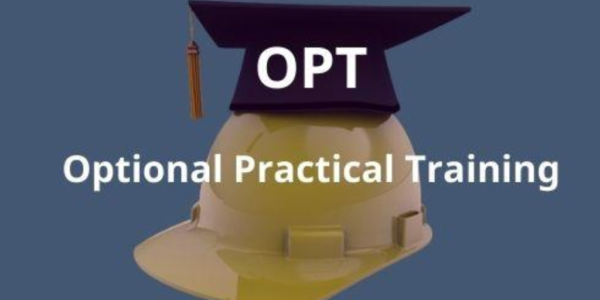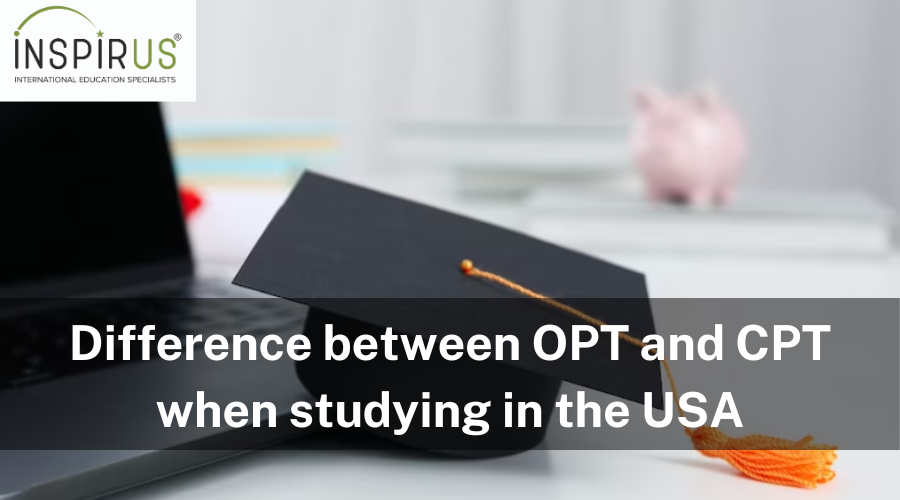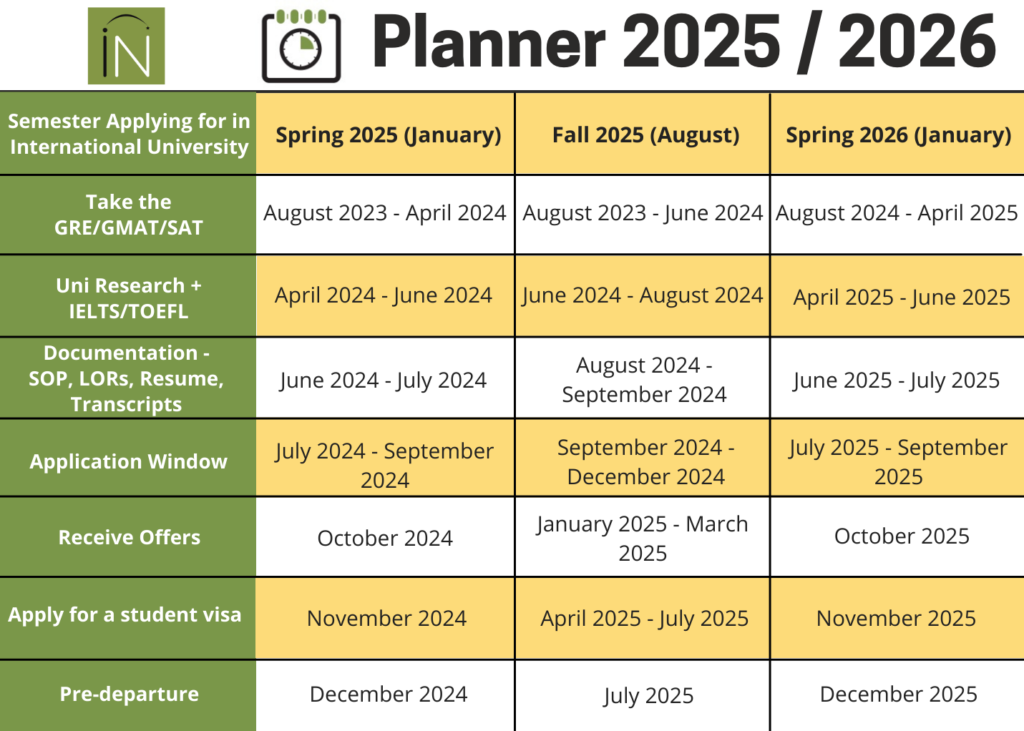Curricular Practical Training (CPT) and Optional Practical Training (OPT) are both vital elements of the F-1 student visa program in the United States, providing international students with opportunities to gain valuable work experience related to their field of study. Understanding the differences between CPT and OPT, as well as the application process and potential scenarios for each, is crucial for maximizing the benefits of these programs.
Curricular Practical Training (CPT)
CPT is temporary employment authorization for F-1 visa students to gain practical experience in their major field of study. It is available only while the student is enrolled in their academic program and before they have completed their degree requirements.

Eligibility and Application Process:
- The proposed work must be directly related to the student’s major area of study.
- The student must receive academic credit or fulfill a curricular requirement through the employment.
- Application usually involves approval from the academic advisor and the international student office.
- Students should apply at least two weeks before the intended start date, with approvals typically taking about a week.

Timing:
- Summer is the most common period for full-time CPT, while during fall and spring semesters, employment must be part-time (20 hours per week or less).

Impact on OPT:
- CPT does not affect eligibility for OPT unless the student engages in 12 months or more of full-time CPT, which then renders them ineligible for OPT.
Optional Practical Training (OPT)
OPT is a form of temporary employment for F-1 students to apply what they’ve learned in their academic programs to real-world work in their field of study. Unlike CPT, OPT can be used both before and after graduation.
Eligibility and Application Process:
- Students must have completed at least two academic semesters in F-1 status.
- The employment must be directly related to the student’s field of study.
- Students can apply for OPT up to 90 days before completing their academic studies and up to 60 days after.
- The standard OPT duration is 12 months, with a 24-month extension available for STEM degree holders.
Application Timeline:
- USCIS processing times can vary, and students are advised to apply as early as possible to avoid potential employment gaps.
Scenarios and Considerations

Best Scenario for CPT and OPT:
- Secure an internship or job offer related to your field of study early.
- Apply for CPT or OPT with sufficient time to navigate the approval process smoothly.
- For OPT, finding a job within the initial 90-day unemployment period ensures maintaining active visa status.

Worst Scenario:
- Delaying the job search until after graduation or the completion of academic requirements.
- Exceeding the unemployment allowance period (90 days for OPT, additional 60 days for STEM OPT extension holders), which could lead to loss of F-1 status and the necessity to leave the U.S.
Key Differences Between CPT and OPT
- Timing and Purpose: CPT is intended for practical training during the academic program, while OPT can be utilized before and after graduation.
- Duration and Impact on Future Employment: CPT can be full-time or part-time, but 12 months of full-time CPT eliminates OPT eligibility. OPT, on the other hand, offers up to 36 months of work authorization for STEM graduates without impacting future work visas.
- Application Process: CPT requires institutional approval and a direct tie to the curriculum. OPT requires USCIS approval and is more flexible regarding the timing and type of employment.
Conclusion
CPT and OPT offer valuable opportunities for F-1 students to gain practical experience in their fields of study. Understanding the eligibility requirements, application processes, and strategic timing for each program can help students maximize their work opportunities in the U.S. Students should plan their job searches and applications carefully, considering both the best-case scenarios and potential challenges they might face.


